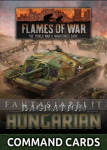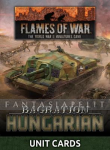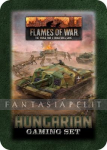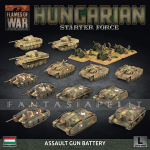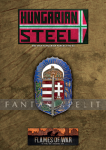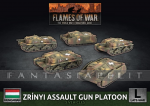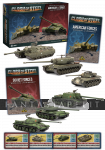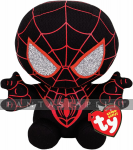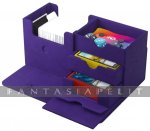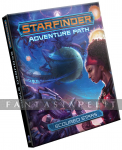Contains:
1x Formation 39M SMG Team,
1x Unit Leader 31M & 95M Rifle Team,
6x 31M & 95M Rifle Teams,
1x Panzerschreck Anti-tank Team,
1x 20mm Anti-tank Riflfle Team (Mid War),
1x 50mm Mortar Team (Mid War),
1x Flame-thrower Team (Mid War)
The pack contains an entire Puskás Platoon of 3 Puskás Squads and platoon command team. It also contains a Páncélvadász miniature to upgrade your command team to a Command Páncélvadász Rifle team. It also contains three machine-gunners so you can upgrade your Rifle teams to Rifle/MG teams.
The pack also contains an extra Command Rifle team to help create your Company HQ. Your minimum two platoons required for the company will get you sufficient Command Rifle teams to form your Company HQ.
The Puskás Platoon pack can also be used to field the motorised infantry of the Gépkocsizó Lövész Század. Just use this pack in conjunction with HU420 Botond trucks (3 per platoon and 1 for the Company HQ).
The backbone of the Hungarian 2nd Army in Russia were the riflemen of the Light Divisions. Nine Light Divisions in three corps were deployed along the Don River supported by the 1st Armoured Field Division in reserve.
The Hungarian rifleman has a long and proud military tradition going back to the 15th and 16th centuries when Hungarian Haiduk musketeers served as mercenaries across the Balkans and Eastern Europe, even spawning imitators (Polish Haiduks). Under the Austrian Hapsburg Empire the Hungarians (along with the Croatians and German Austrians) provided the most reliable infantry during the 18th and 19th centuries and into the First World War.
With independence after the First World War the Hungarian’s kept many of the traditions of the old Austro-Hungarian Empire, with most of the officer corps coming from the old Imperial Army.
Their Uniform also reflects this influence, retaining the German style helmet and unique Hungarian calf hugging trousers. Rather than adopt the Austrian peaked cap for undress they adopted the peak-less cavalry cap which became the undress standard for the whole army. Only the Border Guard and Mountain Rifles retained the peaked cap (which is much like the German).
In 1932 the Hungarian established their first Motorised Rifle units and quickly developed it along side the armoured units. The 1st Motorised Regiment of three battalions of motorised riflemen supplied the infantry compliment of the 1st Armoured Field Division.


